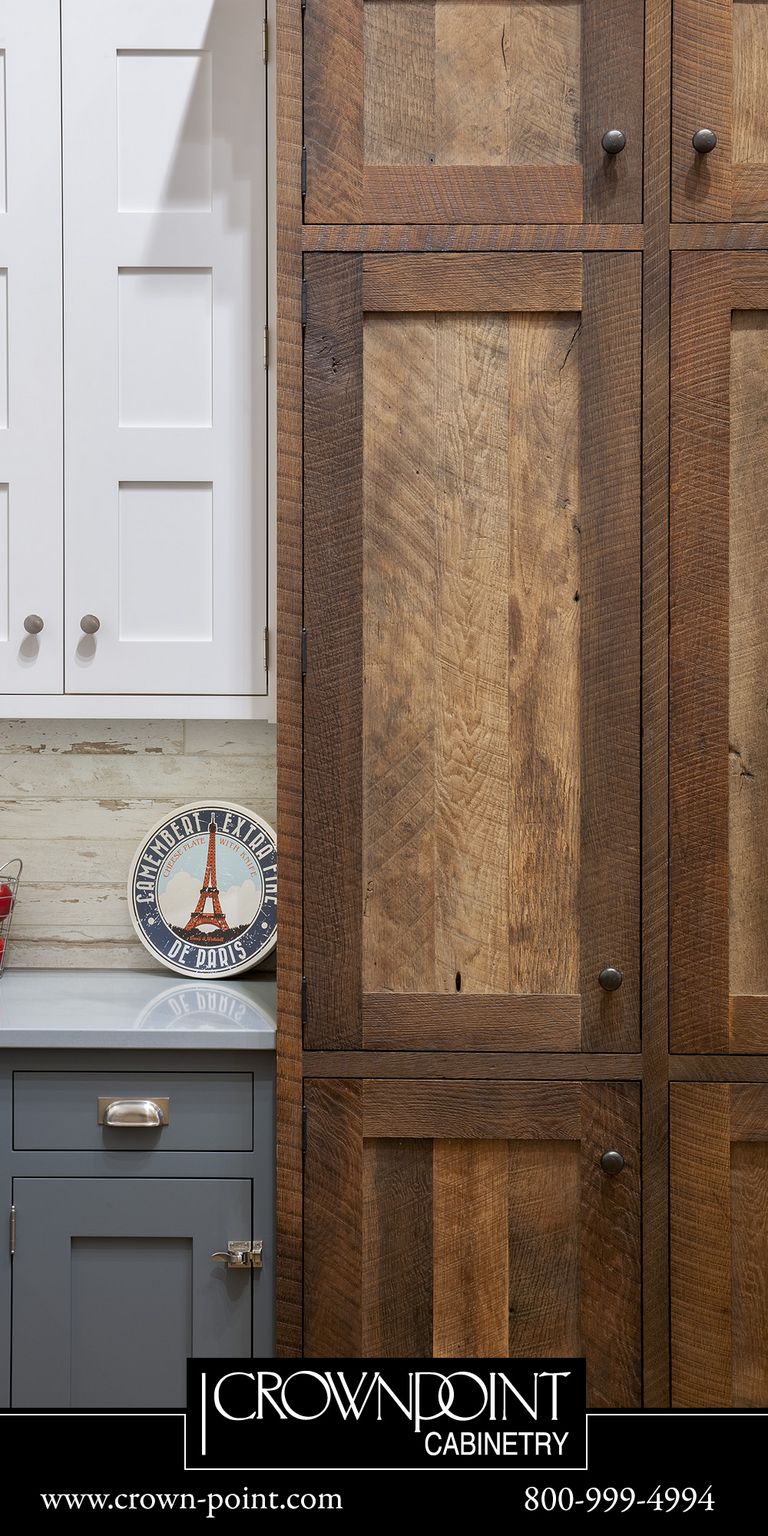Let’s Suppose We Impose a Repose
Article by Sandy Vitzthum, AIA, and Catherine Lange, AIA
Vermont is one of only two states in the USA without a Statute of Repose law for the building design and construction industry. Pursuing legislation to impose a Statute of Repose and protect Vermont’s design and construction community has long been a topic of discussion with AIA Vermont’s board, and state lawmakers. In this piece, we discuss the risks of not passing this important legislation, and next steps for making it happen.
DEFINITIONS
Statute of Repose — a law that disallows legal action after a specified time period has elapsed, regardless of when the cause of action occurs. Statutes of repose bar legal actions against architects and engineers after a specified period of time following the completion of services or the substantial completion of construction.
Statute of Limitations — Statutes of limitations bar actions against architects and engineers after a specified period of time following an injury or discovery of a deficiency.
Vermont does currently have a Statute of Limitations in place (3 years). It is important to have both a Statute of Repose (SOR) and a Statute of Limitations, as the two work together to protect building owners and design professionals. Without a SOR, a design professional’s exposure to a claim could theoretically run indefinitely, since an injury or the discovery of a deficiency could occur at any time. Statutes of repose and limitations work together to limit the total period of time during which the original homeowner, builder, architect, or engineer is exposed to liability.
Lawyers have been the loudest opponent to implementing a SOR in Vermont to date. The reason not to establish an SOR, as often voiced by litigation experts, is that design and construction professionals should be responsible perpetually for defects in structures, as long as the building stands. They reason that harm can come late in a building’s life, either by failure or discovery, and the harmed individual should be able to remedy their injury through compensation.
The truth is that any construction defect is difficult to litigate, and defects discovered more than five years after completion of construction are extremely complex. We live in litigious times, and construction defect cases are so profitable that seminars for lawyers and mediators focus on them. Responding in large part to the public cost of construction defect litigation, most state legislatures have enacted provisions to provide certainty and to limit the time in which a party may press charges for a defect claim.
Imagine a scenario where, 20 years following construction completion, there is a slip and fall case on a set of stairs in a building you designed. Who is at fault? Insurance companies ensure one finger will be pointed at the design team for negligence in design. The case may be covered by professional insurance but will require hundreds of hours of your time, a deductible paid, and higher premiums… even if the claim is frivolous. Given most cases’ propensity for high cost of discovery and preparation for court, it makes a lot of sense for insurance companies and involved parties to settle before a trial. This is often more to the insurance companies’ advantage than to the professional’s advantage because there is no exoneration.
In this scenario, an SOR would function like automobile no-fault legislation. No fault for automobiles says each owner pays for damage done to their car, regardless of how it happened. It is primarily a relief on the legal system and a savings for taxpayers. For buildings, it means that once a building passes the milestone of the SOR—say, six or seven years—defects of construction are covered by the current building owner’s insurance, period.
Vermont is a state with a lot of very old buildings, and unlike some states, we design new buildings with the intent of keeping them around for a long time. We don’t even have enforced building codes for residential construction. Soon the Energy Standards will become enforceable. These factors, and without a SOR in place, create a situation where conscientious professionals feel obligated to keep all emails, Zoom records, digital document versions, and paper copies perpetually, as long as the individual or company remains a business. Where people are personally involved, it means keeping records until we die and theoretically until our heirs dissolve our estates. Without a SOR, Vermont’s aging infrastructure will bind us to a past that is legally inescapable, and to a future of endless liability.
In 2019, AIA Vermont put out a call to our members, requesting emails in support of a third attempt at advocating for a Statute of Repose. (See the related article here.) Despite not reaching our goal of hearing from 50% of our members, our Board of Directors remains committed to tackling SOR legislation, and is considering how AIAVT can raise the funds and recruit the volunteers necessary to make such an attempt successful. Based on our research to date, we believe that AIAVT would benefit from working with a lobbyist to pursue a SOR.
Are you interested in helping AIA Vermont enact a Statute of Repose in Vermont? Contact Sarah O’Donnell at sarah.odonnell@ aiavt.org to join the Public Policy committee in this important effort for all design professionals in Vermont.





